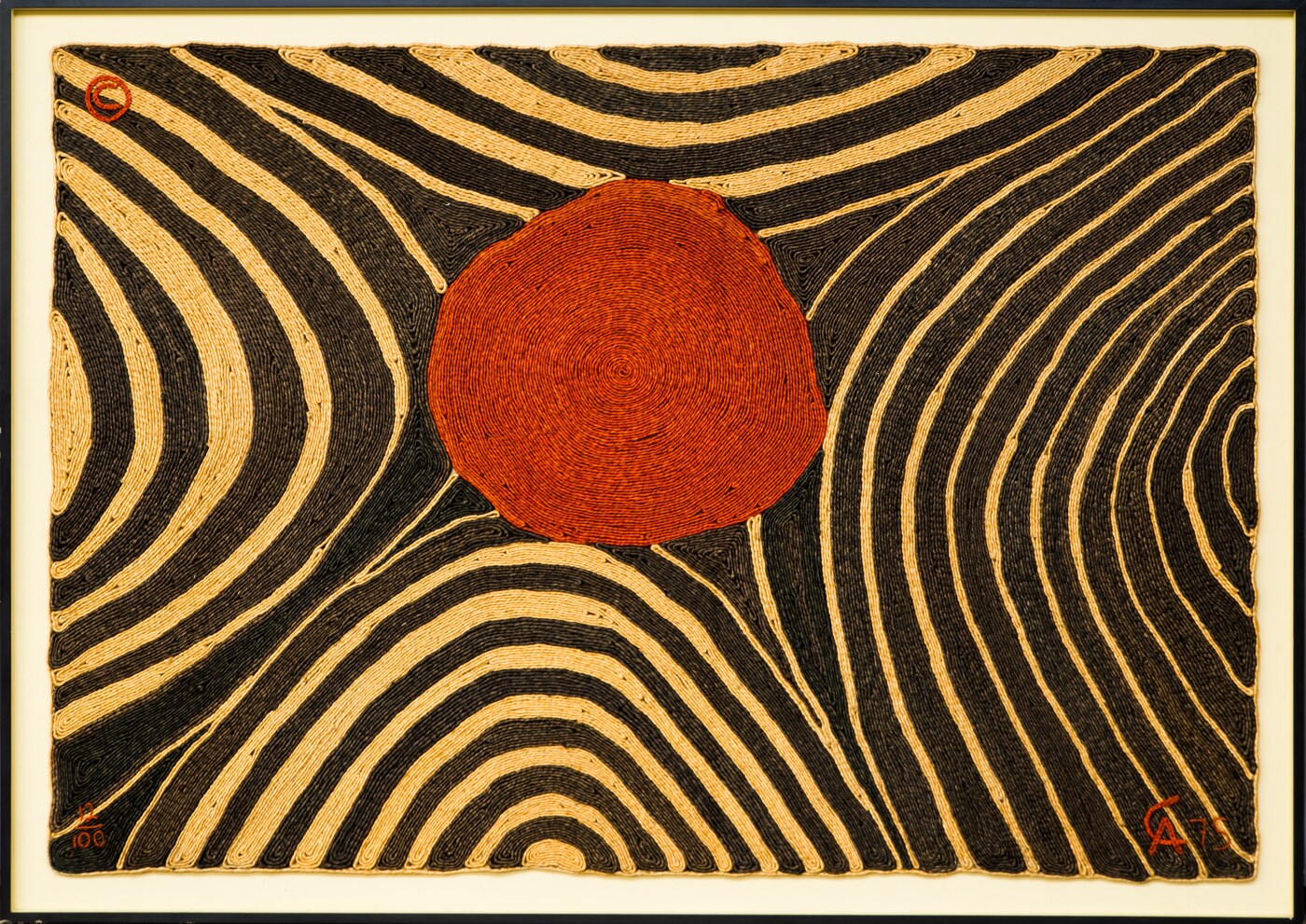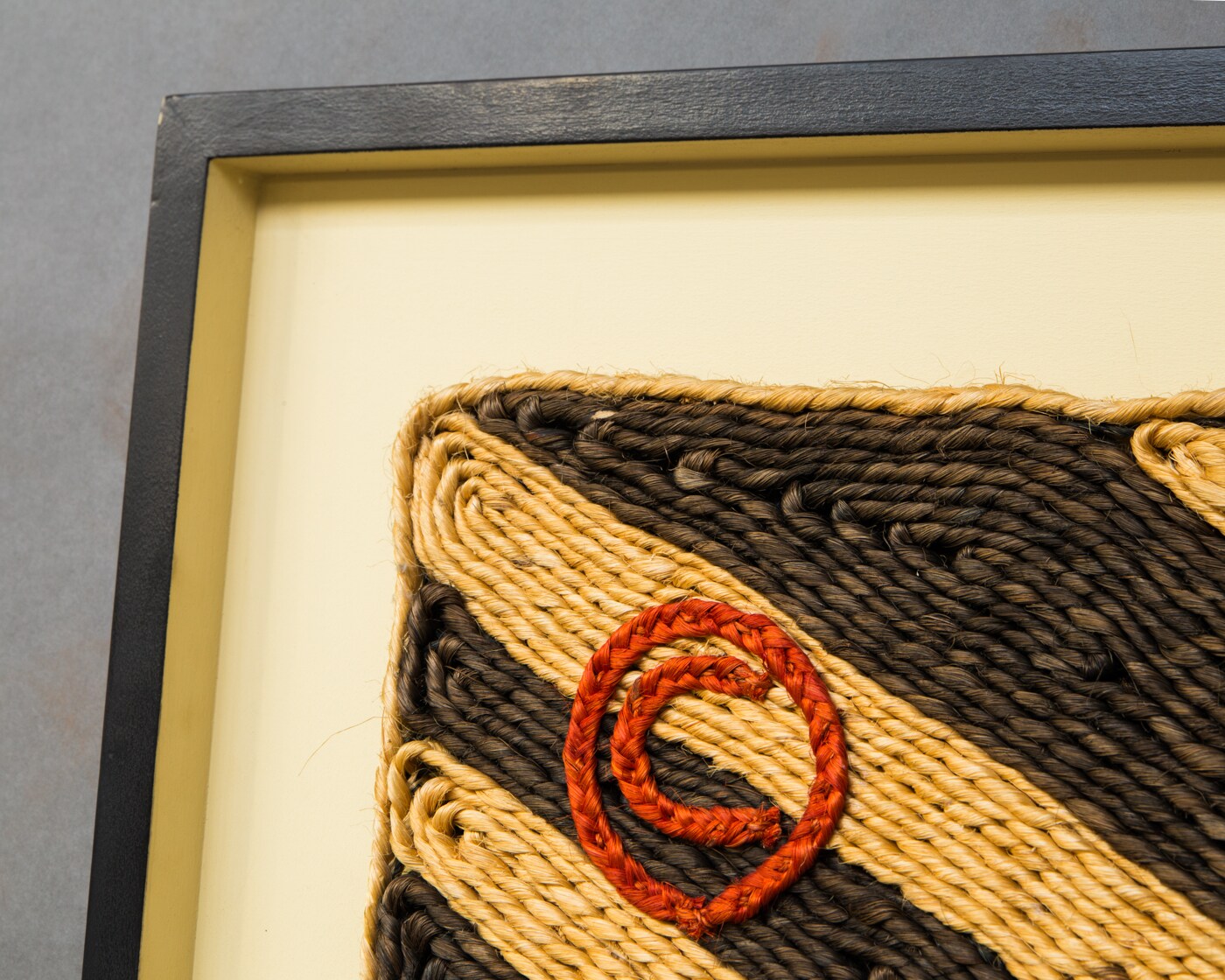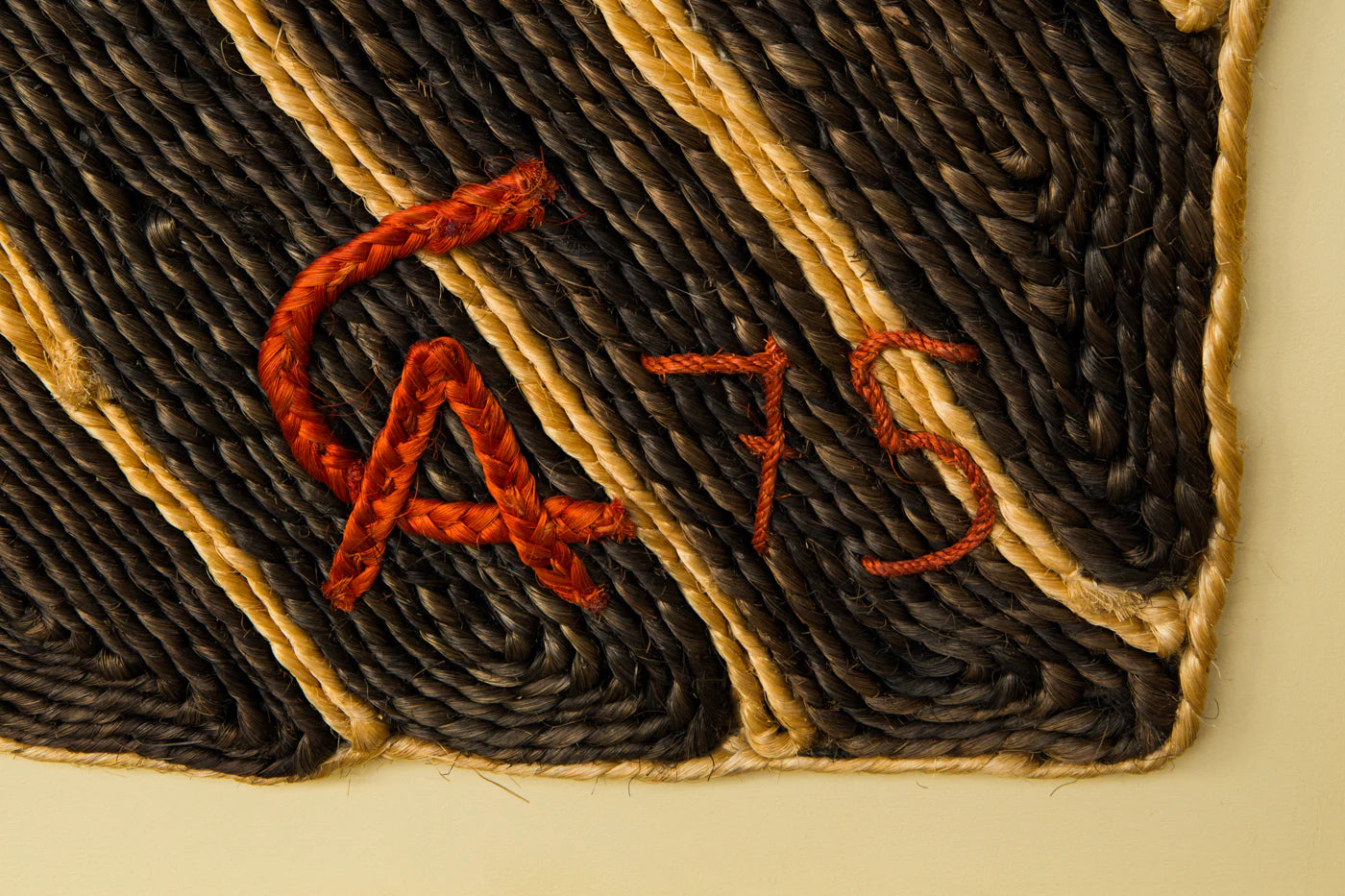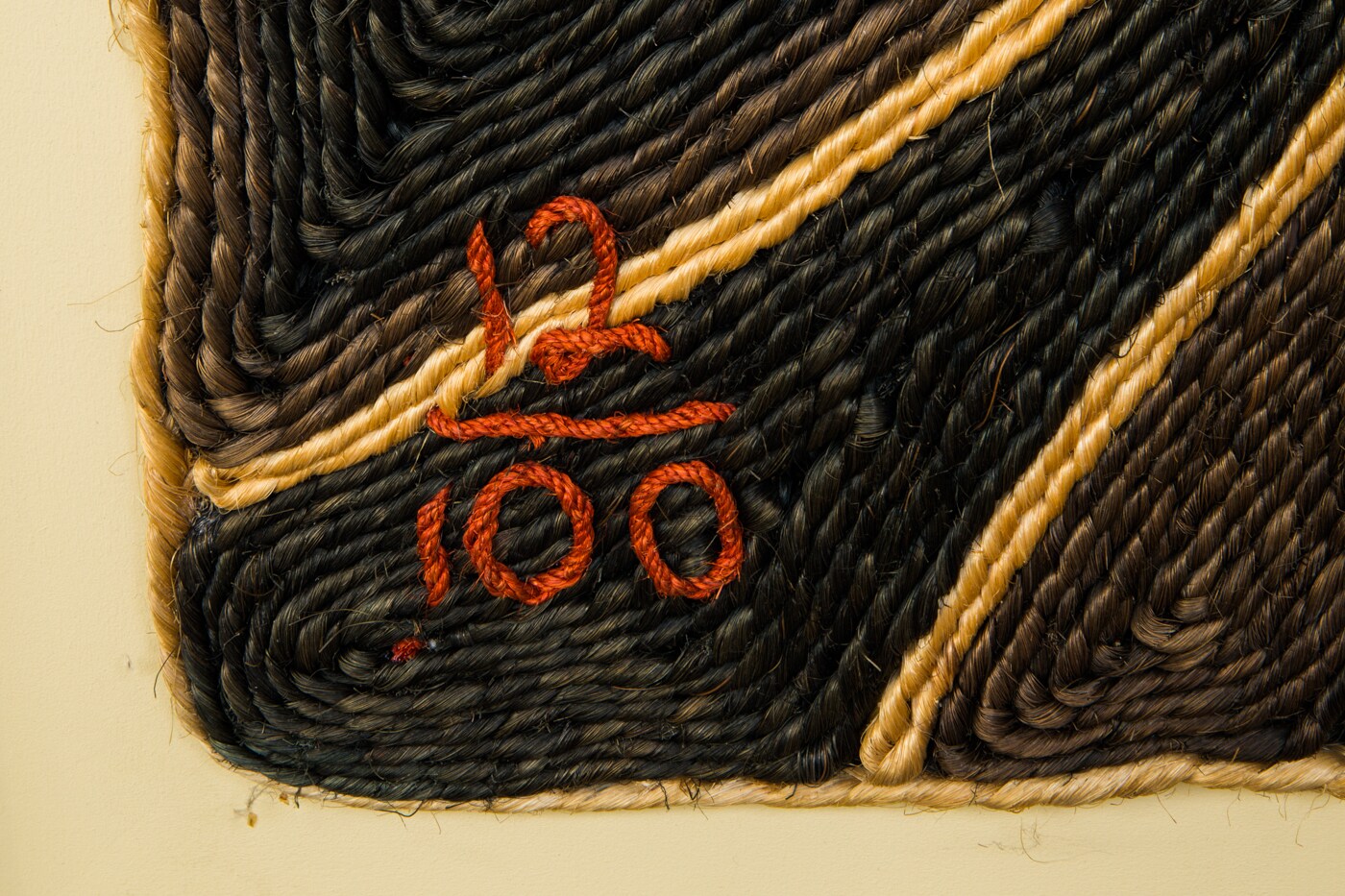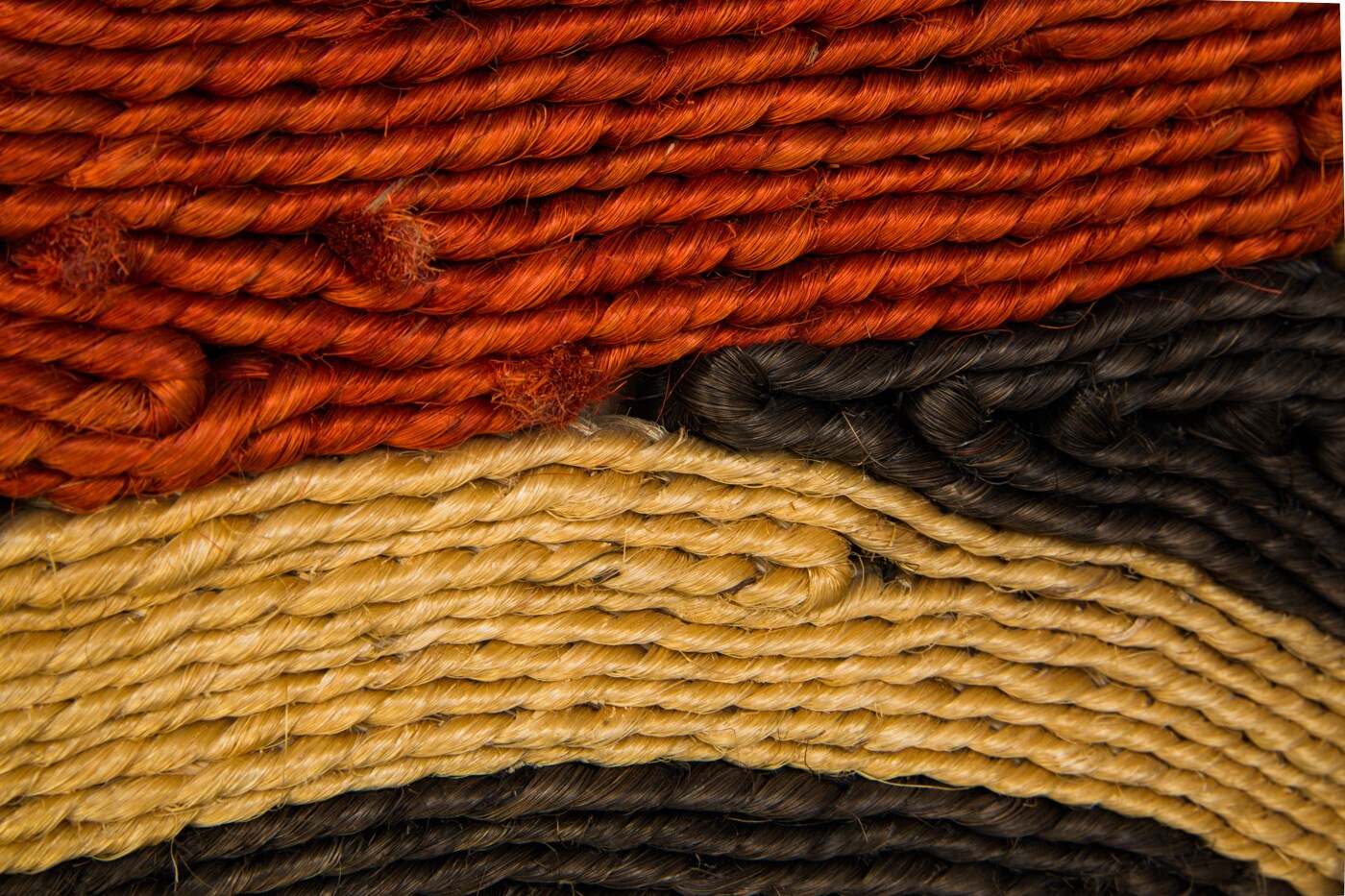Galerie Stylagos
Alexander Calder Tapestry Signed and dated 1975
Alexander Calder Tapestry Signed and dated 1975
Alexander Calder Tapestry from Famous Guatemala Serie Signed AC 75 numbered 12/100.
Dimensions : 228 cm x 164 cm - 213 cm x 145 cm without frame.
Alexander Calder is one of the most prestigious and important tapestry artists, reflecting his inimitable style and talent for color and form. This Calder tapestry is all in beautiful condition with bright colors, where abstract shapes create a striking effect.
Alexander Calder was a world-renowned abstract artist with a distinctive, unique style. He was mostly recognized for his invention of the mobile and his monumental stabile sculptures, but Calder also worked in various other mediums, both traditional and experimental.
On December 23, 1972, three earthquakes struck the city of Managua, Nicaragua. Nicaragua's neighboring countries, as well as political figures, celebrities and Pope Paul VI, responded immediately to raise money and awareness for those in need. M. Meyer, a patron of the art world, wished to create an arts mission to rebuild Managua. In 1973, Meyer visited Calder in France, bringing with her a Masaya hammock, a popular product of Nicaragua made by local artisans.
Calder was so captivated and impressed with the quality workmanship of the hammock he cultivated a plan with Meyer to produce Calder-designed hammocks and tapestries. The hammocks would be produced by the Masaya artisans, and the tapestries by Guatemalan artisans who would be paid four times the going rate.
For this project, he commissioned 100 local weavers to make a collection of 14 total tapestries designed in limited editions of 100 per design. The pieces maintained Calder's primary colors and iconographic images. Noteworthy because of the medium, the tapestries were made from woven maguey fiber, a hemp-like material formed from agave plant leaves. The Guatemalans, well-known for their weaving, produced the tapestry works. However, the works were not woven.
To accommodate Calder's complicated designs and color patterns, the weavers devised a technique where they braided the works.
Calder was so impressed by the outcome of the work that he acquired a few for his home and studio in France.
Today, these works can be found in permanent museum collections, including the Morris Museum of Morristown, New Jersey and The Wisconsin Museum of Quilts and Fiber Arts in Wisconsin
